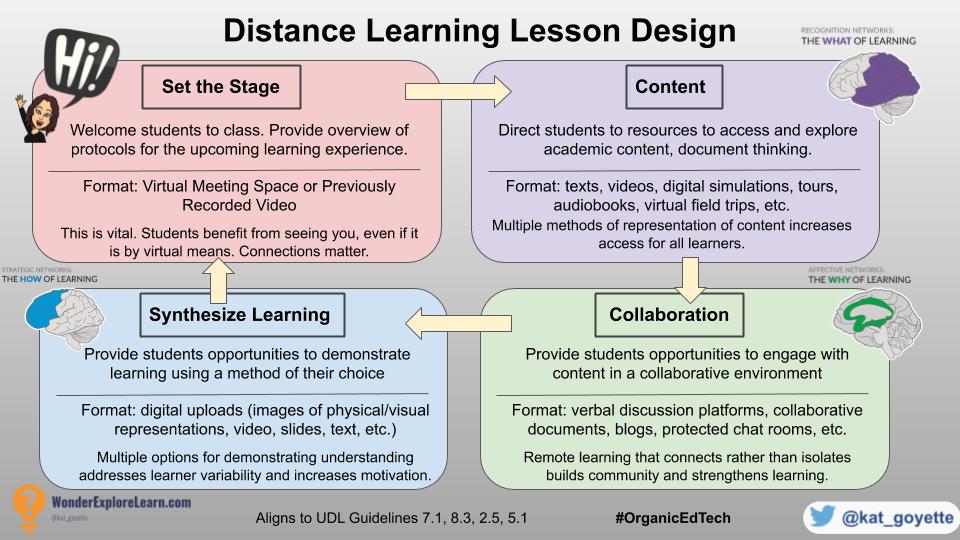
In the region in which I live, many educators have just recently begun the school year with students. Still many others are anxiously anticipating the return of students to begin in a few days. For over a century – educators, students, and parents have had a “first day of school” for the year. This year, as always, students are a year older than they were at this time last year, and the majority of educators enter the classroom with an additional year of experience. But this year is different. This is 2020. Educators are entering new classrooms – virtual classrooms. They are called to connect with students in a new way, devoid of physical proximity. The environment has changed, the content standards remain, but our planning must change. Distance is different than proximity. Our preparation must be altered to meet this new context.
Change can feel uncomfortable. Uncertainty can cause us great anxiety. Educators, administrators – I sense your increased stress levels, I hear the trepidation in your voices, as I watch your body language via video call I see your exhaustion. You are working tirelessly to shift your method of reaching students in a matter of days. We are all first year teachers, first year principals, first year instructional coaches, in this changing landscape of education. I applaud each of you.
While I do not have all the answers in this unexpected habitat of virtual learning (no one does), I offer a tool that has proven helpful to many I serve. The lesson design framework below was created this spring in my attempt to simplify instructional planning for distance learning, based on a foundation of neuroscience. The structure was created to spark human connection, and to empower learners by celebrating variability. Click here to view a video that walks you through the distance learning lesson design process.

